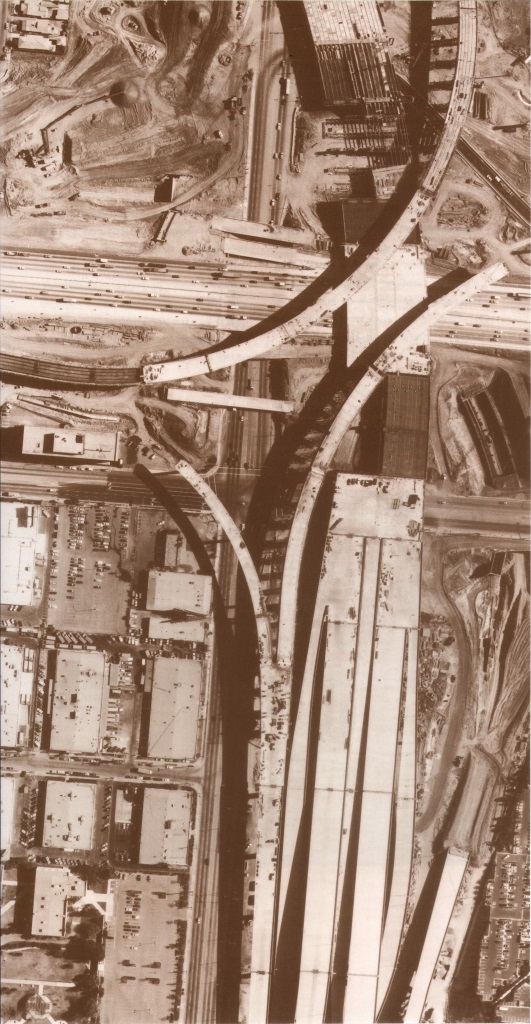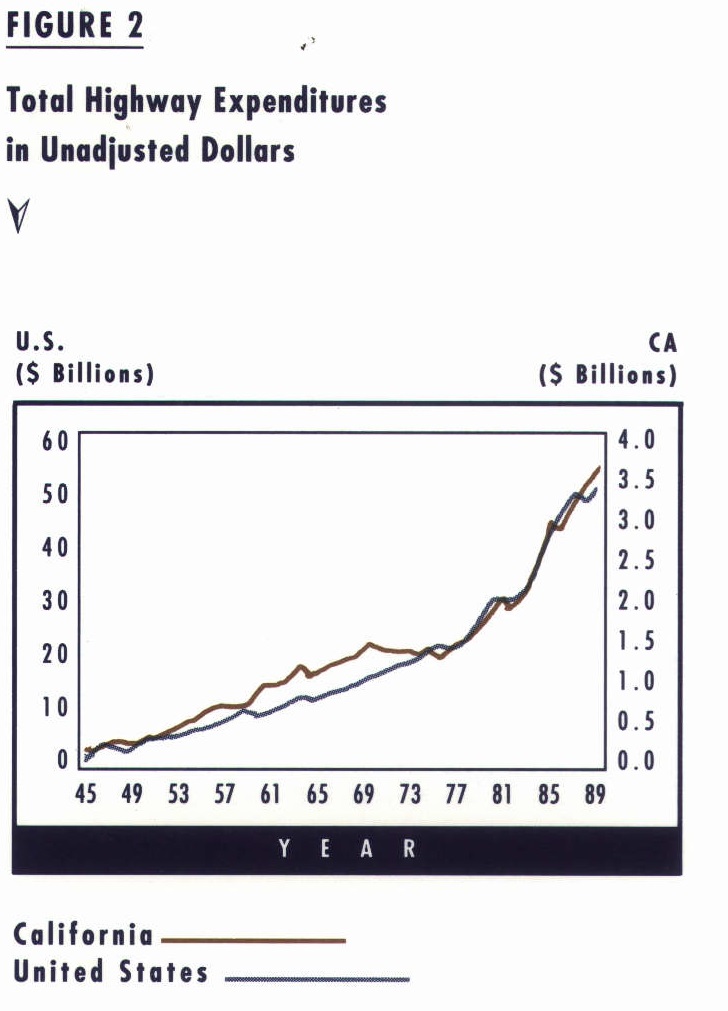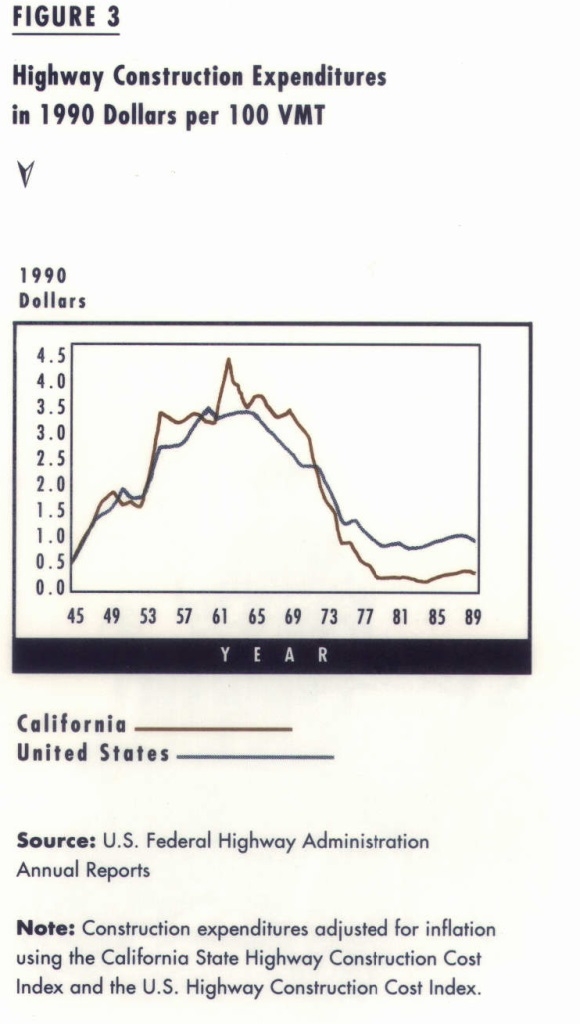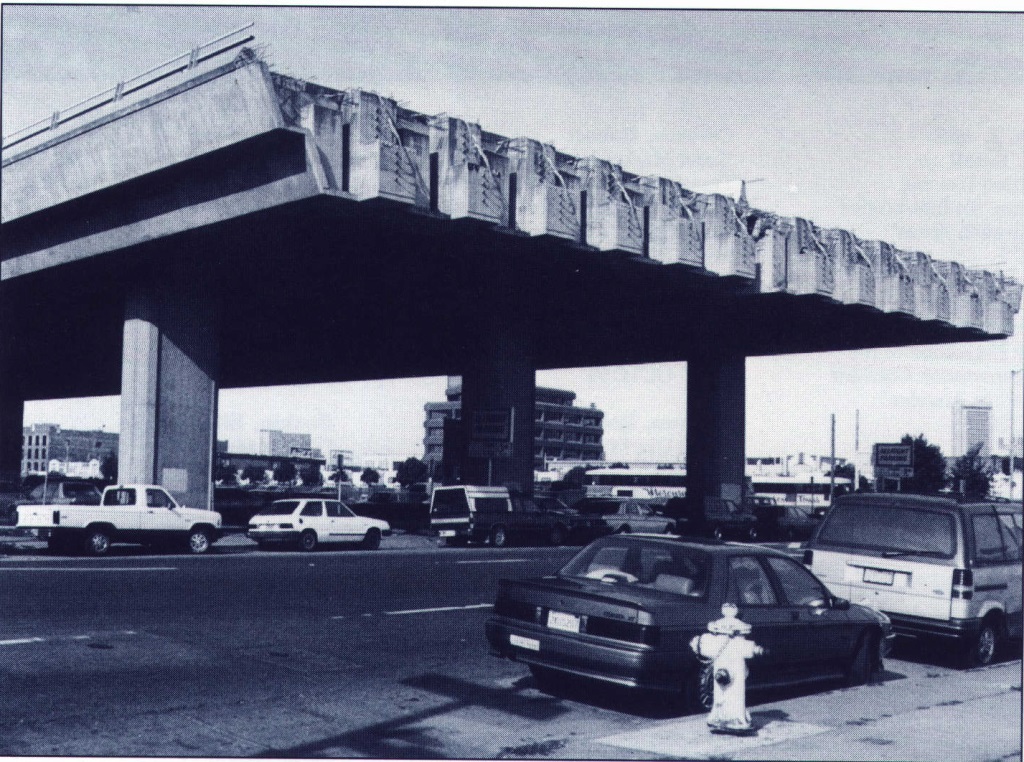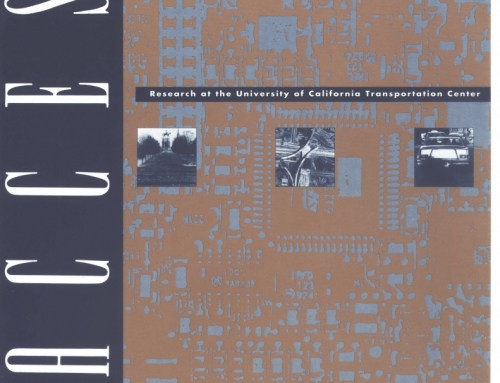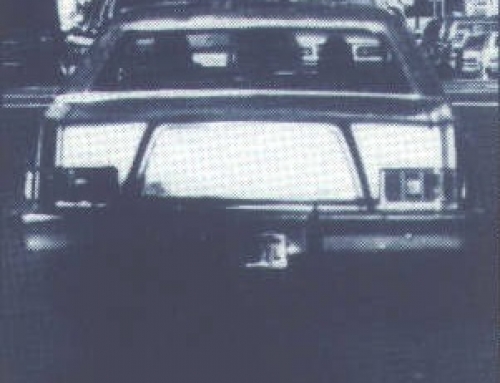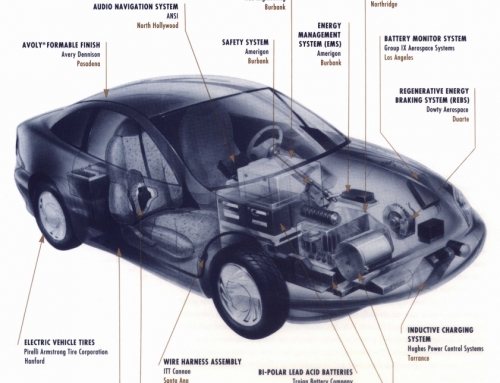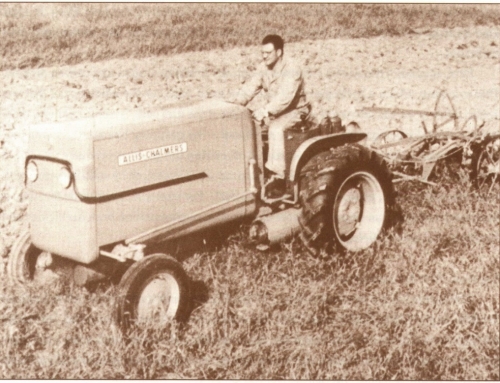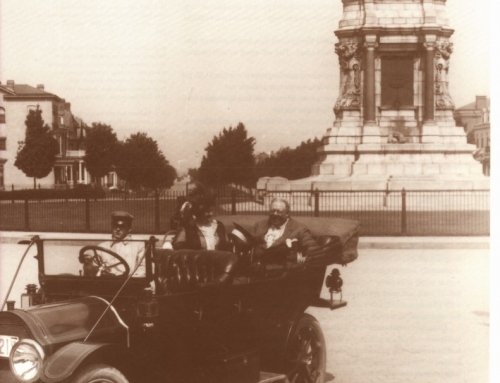“I am…firmly convinced that the demand for good roads will not end. In fact, I expect a resurgence of freeway building in the years ahead…. Over freeway program will have to be expanded – and soon.”
-James A. Moe
Director of the Department of Transportation, State of California, 1973
“This administration has no intention of participating in the construction of any more Cadillac-commuter systems that have very little chance of providing adequate benefits…. As for starting new freeways, I just do not see that happening.”
-Donald E. Burns
Secretary of Business and Transportation, State of California, 1975
Planning and construction of metropolitan freeway systems in the 1950s and 1906s are frequently cited examples gone awry. Critics point to insulated and indifferent highway builders, who concern themselves more with traffic flow than communities and carve up cities with little regard for the negative social, psychological, and aesthetic effects of freeways. Many freeway projects in cities around the country provoked “freeway revolts” – intense community opposition to specific freeways projects which lead officials to delete controversial routes from state freeway plans.
The freeway revolts dovetailed with broader environmental activism in the 1970s to cause many states to shift their focus from freeways and automobiles to other modes of transportation. The new attention given to public transit, carpooling, bicycling, and walking is often credited (or blamed) for dramatically curtailing freeway development in cities around the country. Such is the case in California, where in 1975 the state formally renounced its 1959 California Freeway System plan and adopted a new “multimodal” stance.
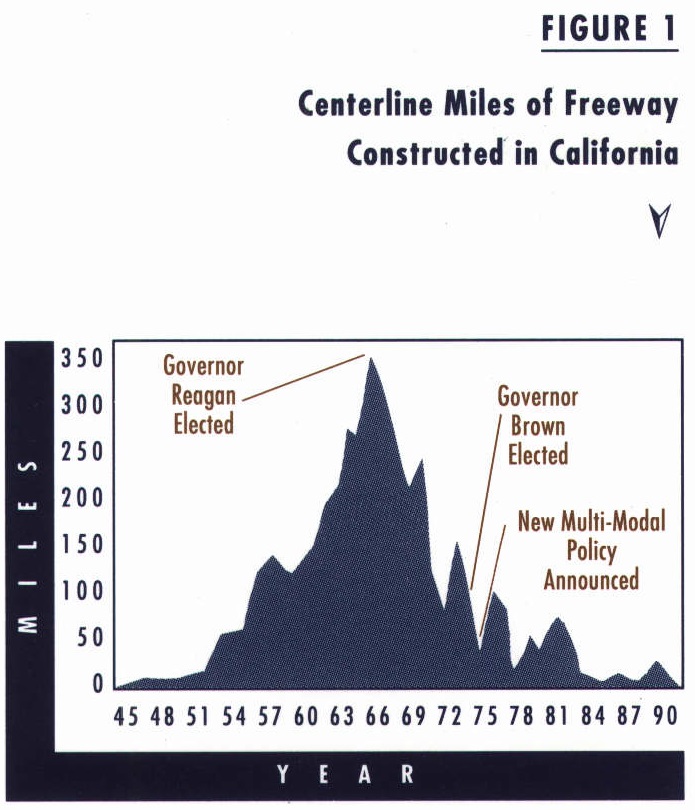
There remains a widespread belief that worsening air pollution, fuel shortages, and community opposition to particular freeway projects combined in the 1970s to stop freeway development. While it is true that state freeway plans were scaled back in 1975, the idea that this planning change alone stopped freeway development in California is erroneous.
The principal reason California and most other states stopped building freeways was that the freeway program began running out of money in the 1960s. Highway finance programs, established during the 1950s to fund ambitious plans for freeways, could keep pace with neither the rapid escalation of freeway costs nor the growth in vehicle travel. By choosing to ignore the incipient fiscal woes of the freeway programs in the 1960s, the states and the federal government predetermined that metropolitan freeway development would be a losing cause in the 1970s.
The Promise of the 50s
The creation of the federal Highway Trust Fund in 1956 was the most significant piece of the freeway funding puzzle. But the entire freeway funding package was assembled gradually, both in state houses and later in Washington, between the late 1940s and the early 1960s. When the last of the freeway-related tax increases was adopted as part of the Federal Highway Act of 1961, freeway funding appeared set.
Enthusiasm for freeway development in California was at near fever pitch in 1959 when the state adopted a 12,241-mile freeway plan. Proposing to build a system nearly one-third the length of the entire Interstate program, the California plan called for the extensive development of both urban and rural freeways. In cities, the freeways were platted on roughly four-mile grids and, given the rapid growth in highway revenues, such an ambitious system appeared quite feasible.
Inflation-adjusted revenues for state highways increased over 400 percent between 1947 and 1961- the 1990 equivalent was over $3.5 billion per year. In the late 1950s, the freeway system in California was growing by over 150 miles per year (and by over 2,500 miles per year nationwide), and the state believed the federal/state financial program was sufficient to complete the planned system by 1980.
California Repudiates its Freeways
When freeway development declined in the late 1960s and early 1970s, people naturally attributed it to a change in public policy. In California, critics held Democratic Governor Jerry Brown and Department of Transportation Director Adriana Gianturco responsible. Indeed, blaming Brown and Gianturco for the state’s traffic congestion problems has become California lore.
In 1986, the San Francisco Chronicle blamed Brown and Gianturco for “crippling” the state’s freeway program, saying, “Californians today are paying the price for these politician’s arrogant – and naive – view that drivers could be forced out of their cars by simply not building any more freeways.”1
However, when relevant political and planning events are juxtaposed with annual freeway miles constructed, we see that such interpretations of history are more histrionic than historical. (See Figure 1.) In March .1975 the Brown Administration did formally announce a shift in state transportation priorities from constructing new freeways to improving operations on existing freeways and expanding urban public transit. But Figure 1 clearly shows that freeway development in California began a precipitous decline in 1967. In other words, California had stopped building freeways years before the state announced its intent to stop building freeways.
The causes of declining freeway construction in the 1960s were primarily financial. Funding simply did not exist to build many new freeways, and the 1975 pronouncement by the Brown Administration brought freeway policy and planning in line with this financial reality.
Even if the Brown Administration had announced in 1975 that the state remained committed to implementing the 1959 freeway plan, it is unlikely that any additional miles of freeway would have been built. As we will see, to reverse the decline of freeway construction substantially in 1975 would have required an extraordinary new financial commitment to freeways. The cost/revenue squeeze on freeway development was so severe by 1975 that even a doubling of highway revenues in the mid-1970s would not have restored freeway construction to the levels of the early 1960s.
When George Deukmejian replaced Brown as Governor in 1983, he promised the state a pro-freeway policy. Despite the renewed commitment to the California Freeway System plan, however, the cost/ revenue squeeze in freeway finance continued, and freeway construction did not rebound. In fact, more than twice as many new miles of freeway were built during the eight years of the “anti-freeway” Brown Administration (291 miles) than during the eight years of the “pro-freeway” Deukmejian Administration (103 miles) . Lacking increased funding, Deukmejian’s new pro-freeway policies were all but irrelevant.
Collapse of Freeway Finance
Early on, belief in the solvency of the freeway program appear well-founded. While the construction of new freeways fell off in the late 1960s and 1970s, highway revenues and highway expenditures continued to rise. (See Figure 2.) Expenditures on highways in California and nationwide have risen steadily since World War Two and grown at a consistently high rate since the mid-1970s. In the 1980s, highway expenditures doubled, increasing more in absolute terms than in any previous decade.
Looking at highway expenditures alone, however, presents a misleading picture of highway finance since 1965. It does not account for freeway expenditures vis-a-vis other streets and roads; it does not account for the rising costs of highway construction and maintenance; and it does not account for the explosive growth in vehicle travel. When each of these factors is controlled for, a far different picture of highway finance emerges.
If we look at state highway construction expenditures in 1990 dollars per 100 vehicle- miles of travel, then highway construction expenditures peaked nationally in 1959 and in California in 1961. (See Figure 3.) Adjusted nationwide highway construction expenditures began a steady fifteen-year decline beginning in 1964. Since 1979 expenditures have remained fairly stable at about $1.00 per 100 VMT -about one-third of the 1959 peak.
Skyrocketing Freeway Costs
The principal cause of declining freeway development was the dramatic rise in construction and maintenance costs during the 1960s, 1970s, and 1980s. Freeway development costs nationwide grew much faster than the general rate of inflation during those three decades. Freeway costs rose faster in California than in the nation as a whole, and faster in cities than in rural areas. There were four forces behind the rapid escalation.
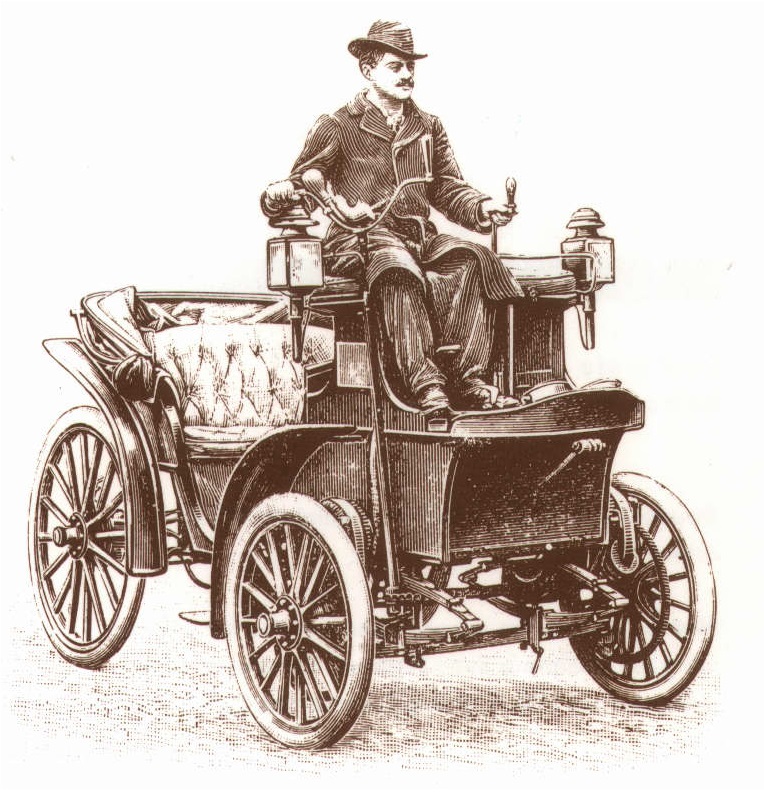 Inflation of all construction and maintenance unit costs. During the 1950s, highway construction unit costs were essentially flat, which led analysts to assume in their calculations that there would be little or no escalation in construction costs between 1959 and 1980. Beginning in the early 1960s, however, highway construction unit costs began to rise significantly, for the same reasons that all construction costs rose: high levels of demand for construction services, strong demand for construction materials and equipment, and high levels of unionization resulting in rapidly climbing wage rates. Furthermore, highway maintenance and operating costs also escalated, especially in the 1980s. In recent years, freeway maintenance has come to mean much more than landscaping and lane striping: as freeways built in the 1950s reach the end of their thirty- year design lives, they require major repaving and reconstruction.
Inflation of all construction and maintenance unit costs. During the 1950s, highway construction unit costs were essentially flat, which led analysts to assume in their calculations that there would be little or no escalation in construction costs between 1959 and 1980. Beginning in the early 1960s, however, highway construction unit costs began to rise significantly, for the same reasons that all construction costs rose: high levels of demand for construction services, strong demand for construction materials and equipment, and high levels of unionization resulting in rapidly climbing wage rates. Furthermore, highway maintenance and operating costs also escalated, especially in the 1980s. In recent years, freeway maintenance has come to mean much more than landscaping and lane striping: as freeways built in the 1950s reach the end of their thirty- year design lives, they require major repaving and reconstruction.
Significant growth in the scope and scale of freeway projects. The earliest freeways in Los Angeles and San Francisco were built for 55-miles-per-hour design speeds, but nearly all freeways on the Interstate system and eventually all new freeways in the California Freeway System were built for 70-miles-per-hour design speeds. The higher design speeds required more right-of-way to accommodate high-speed curves, making it more difficult to shoehorn urban freeways into built-up areas. Many design changes were intended to improve safety, but other design changes were made under community pressure. Cities regularly pressured the California Division of Highways to increase the number of interchanges in urban areas or to add more street over- and under-crossings. Finally, the slowing pace of new freeway development also encouraged upscaling of surviving plans. State highway departments tried to design more and more capacity into the few remaining new routes – more lanes, more elaborate interchanges, separated weaving sections – all of which drove costs up further.
Rising urban land values dramatically raised right-of-way costs. The need to purchase right-of-way in advance of development poses the freeway planner’s dilemma: metropolitan land values appreciate in anticipation of future freeway development, which drives up freeway right-of-way costs. At first, California devoted a very high proportion of the state highway budget to right-of-way acquisition. In 1955, nearly 28 percent of total state highway expenditures were for rights-of-way; by 1976 it was less than 2 percent. What happened was, as funding began to run short in the early 1960s, the state chose to use dwindling resources to construct freeways on rights-of- way already in hand, while cutting down on advance right-of-way acquisition. In less than ten years, beginning in 1964, California’s right-of-way expenditures dropped from twice the national average per vehicle-mile of travel to slightly less than the national average. Meanwhile, right-of-way costs continued to increase steadily. Thus, future metropolitan freeway development was all but foreclosed.
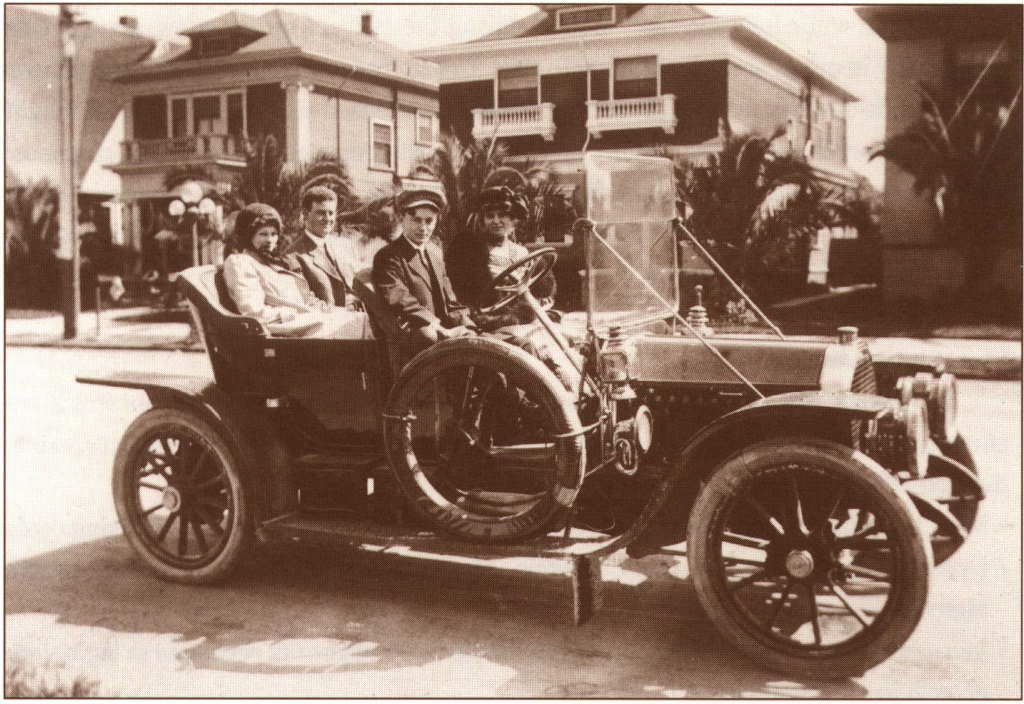
Environmental and community concerns increased administrative and planning costs while also raising design standards. Construction of the seventeen-mile Century Freeway that runs from the Los Angeles International Airport in the west to the City of Norwalk in the east is a textbook lesson in cost escalation. The process of acquiring the right-of-way for the Century Freeway was nearly complete in 1972 when a coalition of area residents, environmentalists, and civil rights organizations filed suit against the state for failing to comply with environmental and relocation laws and regulations. After nearly ten years of litigation, the California Department of Transportation (Caltrans) agreed, among many other concessions, to implement a $300 million program to rebuild, relocate, and rehabilitate over half of the residential dwellings cleared for the freeway. The delays, legal costs, additional relocation expenses, and added design requirements are estimated to have increased the project’s total cost from $502 million in 1977 to $2.5 billion in 1993. Even with the effects of inflation controlled for, the cost of the Century Freeway increased 131 percent to nearly $150 million per mile in 1990 dollars. On most earlier projects, however, the added environmental costs were a far smaller proportion of increased costs. Most cost increases attributable to new environmental requirements during the 1970s were actually due to construction delays; the environmental documentation and approval process lengthened the time required to plan a new freeway which proved costly during periods of inflation.
In concert, these four factors combined to make freeway costs skyrocket between 1960 and 1990. During the 1960s, freeway development costs in California increased at an average 8.2 percent per year, which was 3.5 times the average annual inflation rate of 2.4 percent. In the 1970s, owing in part to much higher rates of inflation, costs rose even faster. State highway construction expenditures in California rose from $4.1 million per mile in 1970 to $16. 7 million per mile in 1980, an average annual increase of 12.1 percent, well ahead of the average 1970s inflation rate of 8. 7 percent.
Further, while inflation rates slowed during the 1980s, freeway construction costs, particularly in urban areas, continued to rise. Urban freeway construction expenditures per new mile of urban freeway, in constant dollars, increased six-fold nationally and eightfold in California during the 1980s. In addition to the cost escalation factors discussed above, these cost increases reflect the small numbers of urban freeway miles added during the 1980s. These tended to be small, expensive projects to close gaps in existing metropolitan freeway networks.
Lagging Revenues
Increasing costs would not necessarily have hindered freeway development if revenues had grown proportionally. But revenues have lagged behind increasing costs since the mid-1960s for three principal reasons:
- Most highway tax instruments, particularly the gas tax, are not indexed to rising costs.
- Densely populated states, like California, do not receive all locally generated federal highway revenues.
- Increasing vehicle fuel efficiency has caused growth of gas tax revenues to lag behind growth in vehicle travel.
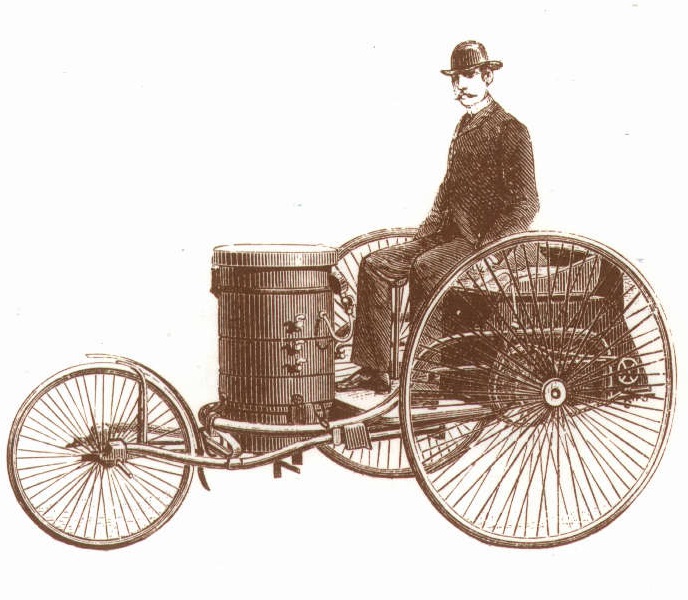
Just as freeway costs were skyrocketing during the 1970s, highway revenues began to falter. Inflating construction unit costs, upscaling freeway designs, rapidly increasing right-of-way costs, increased maintenance load, and expanded environmental costs have been squeezed by revenue sources not indexed to either vehicle travel or inflation.
Conclusions
Individual freeway revolts and debates over the California Freeway System plan attracted substantial public attention in the 1970s, but they were not principally responsible for curtailing freeway construction in California. Annulment of the California Freeway System plan occurred several years earlier when the Governor and State Legislature chose to ignore the collapse of the freeway finance program.
A financial crisis among the state’s largest public transit systems, however, did prompt California to adopt a large new subsidy program for public transit. In 1971, California created the largest state transit subsidy program in the country when 1/ 4 cent of the six-cents-per-dollar state sales tax was dedicated to public transportation.
This dramatic shift in fiscal priorities in 1971 – from freeways to public transit – was not accompanied, at the time, by a shift in state freeway plans. But, by neglecting the fiscal woes of the freeway program beginning in the mid-1960s, the Governor and State Legislature effectively killed the 1959 California Freeway System plan and rendered moot subsequent debates over freeway planning and policy. In other words, financial politics lead the freeway planning process.
While the scale of the public transit subsidy program adopted in 1971 was far smaller than what would have been needed appreciably to revive freeway construction in California, it did divert legislative attention (and largesse) from restructuring highway finance. Freeways were left to make do on a finance package that appeared generous in the 1950s, but proved to be inadequate just a few years later.
In June 1990, however, the voters of California agreed to raise the state gas tax nine cents per gallon by 1994 to support new freeway construction and improved road maintenance. The day after the election, the Los Angeles Times declared:
California voters, often trend-setters for the nation, have sent a new message with their decision to double the state gasoline taxes – they now are willing to raise certain taxes to remedy a critical problem.2
While voter intent might be clear, it is unlikely, given the magnitude of the cost/revenue squeeze in freeway finance, that a nine-cent-per-gallon increase will “remedy” the problem of urban traffic congestion in California. The additional funds will be used to close some gaps in the existing freeway system and to expand the capacity of some aging freeways, but no major new freeway projects are on the horizon in California.
The persistence of the fiscal crisis that preempted freeway policy and planning debates in the 1970s holds an important lesson for planners and policymakers today: freeways, as they are currently financed, have been priced into obsolescence. If large-scale metropolitan freeway development in California had simply been shelved by the Brown Administration in the 1970s, then it might be restored by a renewed commitment to freeway building in the 1990s. But this is not the case. Despite recent gas tax increases, the cost/revenue squeeze in freeway finance endures. And while the cost/revenue squeeze is perhaps tightest in California, the trends outlined here can be seen nationwide. Short of road pricing, toll financing, or some other radical restructuring of highway finance, a new wave of metropolitan freeway development is simply not possible.
Footnote:
- San Francisco Chronicle, ‘The Traffic Mess,” San Francisco Chronicle, August 31, 1986: p.1
- Virginia Ellis and Tom Redburn, “Prop. 111 Victory Eases Calif. Anti-Tax Stance,” Los Angeles Times, June 9, 1990: Al, A29.
This article is drawn from Brian D. Taylor’s doctoral dissertation in urban planning, University of California, Los Angeles.
References
California Division of Highways, The California Freeway System, Report to the Joint Interim Committee on Highway Problems, California Legislature (Sacramento: California State Printing Office, 1958).
California Division of Highways, Spiraling Costs: A Report of the Causes and Effects of Increasing Highway Project Costs and on Recommended Courses of Action (Sacramento: California Division of Highways, 1970).
David W. Jones, California’s Freeway Era In Historical Perspective (Berkeley: University of California, Institute of Transportation Studies, 1989).
Brian D. Taylor, When Finance Leads Planning: The Influence of Public Finance on Transportation Policy and Planning In California, PhD Dissertation C UCLA Graduate School of Architecture and Urban Planning, 1992).
Richard M . Zettel, The California Freeway Program: An Economic and Fiscal Analysis, Appendix B (Sacramento: Joint Interim Committee on Highway Problems, California Legislature, 1959).

